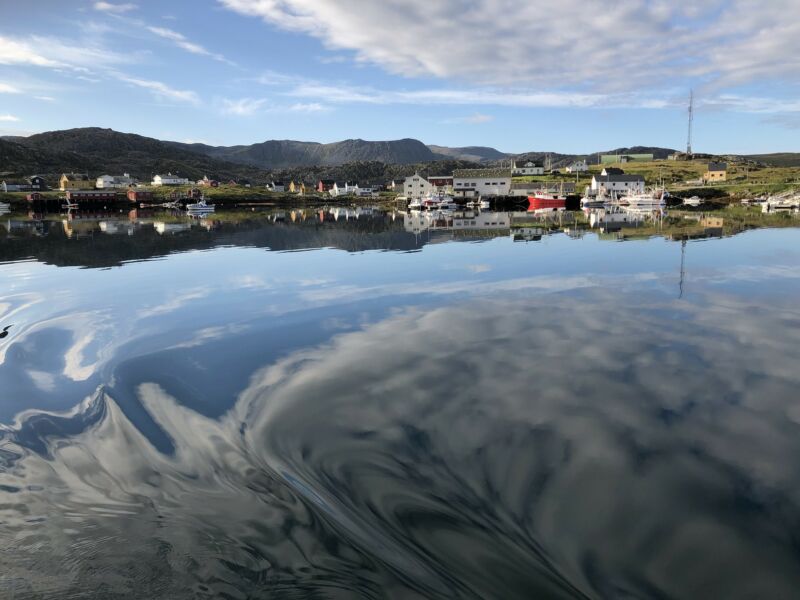
Enlarge (credit: Person-with-No Name)
The Arctic Ocean is many things. Cold and icy come to mind, of course, but “salty” should as well—it’s an ocean, after all. Yet a new study suggests that during certain ice age periods, the Arctic Ocean and the adjacent Greenland and Norwegian Seas (you can guess where those are if you don’t know) were filled with freshwater.
The paleo evidence for this idea is pretty subtle. The isotope thorium-230 is produced from the decay of uranium-234, which exists in seawater proportionally to its salinity. While the uranium dissolves in seawater, thorium tends to precipitate and fall to the seafloor. Bring up a core of seafloor sediment, then, and rising or falling concentrations of thorium-230 can tell you about rising or falling salinity in that region over time.
A new study led by Walter Geibert at the Alfred Wegener Institute analyzed a pair of sediment cores taken from the bottom of the Arctic Ocean. In those cores, there are two time intervals during which thorium-230 fell to zero—one interval about 60,000 to 70,000 years ago and another about 130,000 to 150,000 years ago.





